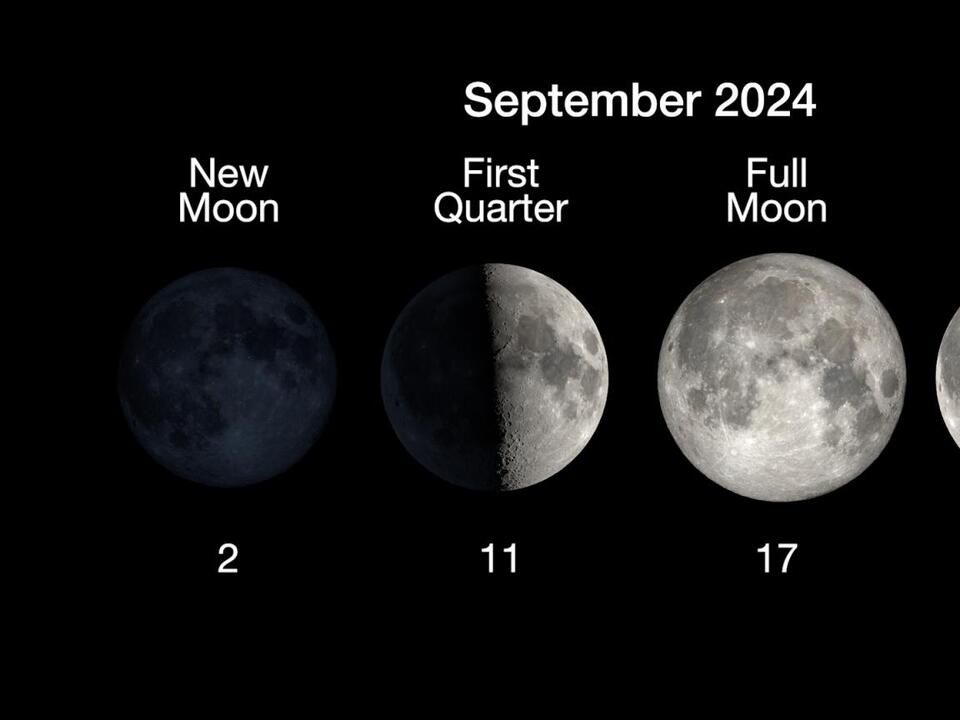Physical Address
304 North Cardinal St.
Dorchester Center, MA 02124
Physical Address
304 North Cardinal St.
Dorchester Center, MA 02124

Skywatchers have plenty of reasons to gaze at the moon this week. September’s full moon is not only a “supermoon,” known for its size and brightness, but it will also experience a partial eclipse as it rises into the late-summer sky. Unlike the solar eclipse in April, which had many scrambling to travel, residents of North America can simply step outside to view this spectacular event.
Understanding what to expect for the upcoming partial lunar eclipse is key to enjoying the show.
A lunar eclipse occurs during the full moon phase when Earth is positioned between the moon and the sun. This alignment causes Earth’s shadow to fall on the moon’s surface, creating unique visual changes. In a total lunar eclipse, the moon moves into the darker part of Earth’s shadow known as the umbra, often giving it a dramatic red hue for several hours.
However, this week features a partial lunar eclipse, which can still result in a slight reddish tint on the moon’s surface. A partial lunar eclipse happens when the three celestial bodies are not perfectly aligned; thus, the moon only passes through a portion of the umbra while the rest remains illuminated by the sun, resulting in part of the moon appearing red.
The visibility of this partial lunar eclipse will span across half of the Earth. Those in the northern hemisphere, and particularly in North America, will have a great opportunity to view the event on Tuesday night. This includes all 48 contiguous states in the U.S.
According to NASA, the moon will start entering Earth’s partial shadow at 8:41 PM EDT. The peak of the eclipse is the most anticipated moment to observe. At around 10:13 PM, the moon will begin to dim slightly, with the peak occurring at 10:44 PM.
During the peak, a shadow will begin to appear at the top of the moon, gradually covering about 8% of its surface before receding. The moon will completely exit the full shadow by 11:16 PM and will move out of the partial shadow by 12:47 AM Wednesday, according to NASA’s guidance.
For those looking for precise times tailored to their location, Timeanddate.com offers a comprehensive eclipse schedule.
Adding to the excitement, September’s full moon, often referred to as the “Harvest Moon,” is also a supermoon. Supermoons occur when the full moon aligns with the moon’s closest approach to Earth in its elliptical orbit.
For sky enthusiasts, this year’s Harvest Moon will illuminate the night sky from about Monday evening through Thursday morning. After September 17, observers can expect the next supermoons to occur on October 17 and November 15.
Looking ahead, the next significant celestial event will be a “ring of fire” annular solar eclipse on October 2. This phenomenon happens when the moon appears smaller than the sun, covering only a portion of its disk and leaving a glowing ring visible around the moon’s edges. This effect occurs because the moon is at its furthest point from Earth during this type of eclipse, making it appear slightly smaller in the sky.
The “ring of fire” will be observable from specific areas in South America, parts of the Pacific and Atlantic Oceans, and Antarctica. In the U.S., Hawaii is the sole state expected to see any part of the eclipse.
For those interested in lunar eclipses, the next total lunar eclipse visible to the entire United States will happen on March 14, 2025.
Source: USA TODAY



